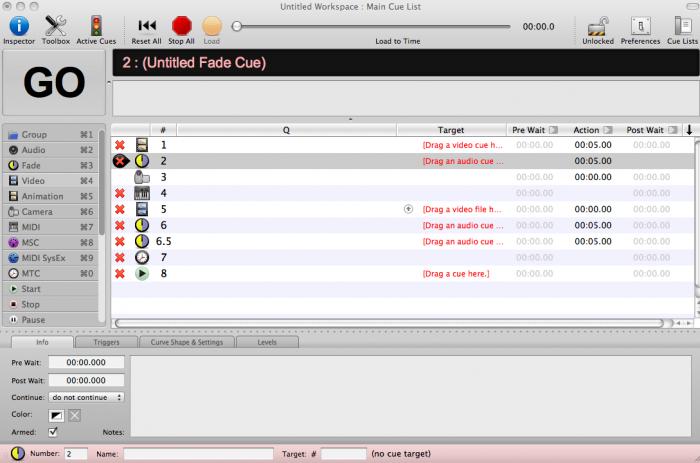
14 The mechanism by which tenapanor reduces gastrointestinal phosphate uptake is currently being investigated ongoing work suggests that it does not involve direct inhibition of intestinal phosphate transporters type 1 (PiT1) or NaPi2b (also known as NpT2b). 5, 6 As a result of these findings, tenapanor is currently being evaluated in clinical trials for the treatment of hyperphosphatemia in patients with CKD on dialysis. 5, 6, 13 In healthy volunteers treated with tenapanor for 7 days, mean stool phosphorus content was increased by up to 20 mmol/day versus placebo. In addition to its effects on dietary sodium absorption, preclinical and clinical studies indicate that tenapanor reduces the absorption of phosphate from the intestine.

7, 8 In patients with CKD, impaired sodium excretion can contribute to fluid overload and accelerated CKD progression 9, 10 the effect of tenapanor on these processes has been investigated in an additional 2 clinical trials.

1, 5, 6 By diverting a portion of dietary sodium to the stool, tenapanor treatment results in an increase in stool fluid content 1 and promotes gastrointestinal motility and is therefore being evaluated for the treatment of constipation-predominant irritable bowel syndrome (IBS-C). 4 Studies in animals and humans demonstrate that tenapanor reduces the absorption of sodium from the intestine, as evidenced by increases in stool sodium content of 20–50 mmol/day with concomitant reductions in urinary sodium in healthy volunteers administered tenapanor 15–90 mg twice daily over 7 days. 1 In the gastrointestinal tract, NHE3 plays an important role in sodium/fluid homeostasis, 2, 3 which if disturbed can contribute to various conditions including constipation-related disorders and chronic kidney disease (CKD). Tenapanor (RDX5791, AZD1722) is a first-in-class minimally systemic small-molecule inhibitor of the sodium/hydrogen exchanger isoform 3 (NHE3). This may support different timings of tenapanor administration with respect to food for sodium- and phosphate-related indications. These data suggest the effect of tenapanor on sodium absorption is most pronounced when administered before meals, whereas the effect on phosphate is similar whether administered before or after meals. Urinary phosphorus was significantly lower when tenapanor was administered before (−3.9 mmol/day, P =. Stool phosphorus was not significantly different with tenapanor before versus after food and significantly higher before food versus while fasting (+4.9 mmol/day, P =. Differences in urinary sodium were not significant. Stool sodium was significantly higher with tenapanor administration before versus after food (difference, +8.8 mmol/day, P =. Participants received a diet standardized for sodium content. Eighteen volunteers completed a randomized sequence of three 4-day treatments with tenapanor hydrochloride 15 mg twice daily: before food, after food, and while fasting. This phase 1 open-label, 3-way crossover study (NCT02226783) evaluated the effect of food on the pharmacodynamics of tenapanor. Tenapanor acts in the gut to reduce absorption of sodium and phosphate. Monte Carlo simulations show that the proposed methods work very well.Tenapanor (RDX5791/AZD1722) is a minimally systemic small-molecule inhibitor of the sodium/hydrogen exchanger NHE3.
QLAB QUINTILES SERIES
The results apply to the standard nonparametric iid bootstrap, moving block bootstraps for time series data, parametric and semiparametric bootstraps, and bootstraps for regression models based on bootstrapping residuals. The results apply quite generally to parametric, semiparametric, and nonparametric models with independent and dependent data.

Accuracy is measured by the percentage deviation of the bootstrap standard error estimate, confidence interval length, test's critical value, test's p-value, or bias-corrected estimate based on B bootstrap simulations from the corresponding ideal bootstrap quantities for which B = ∞. For each of these problems, the paper provides a three-step method for choosing B to achieve a desired level of accuracy. This paper considers the problem of choosing the number of bootstrap repetitions B for bootstrap standard errors, confidence intervals, confidence regions, hypothesis tests, p-values, and bias correction.


 0 kommentar(er)
0 kommentar(er)
